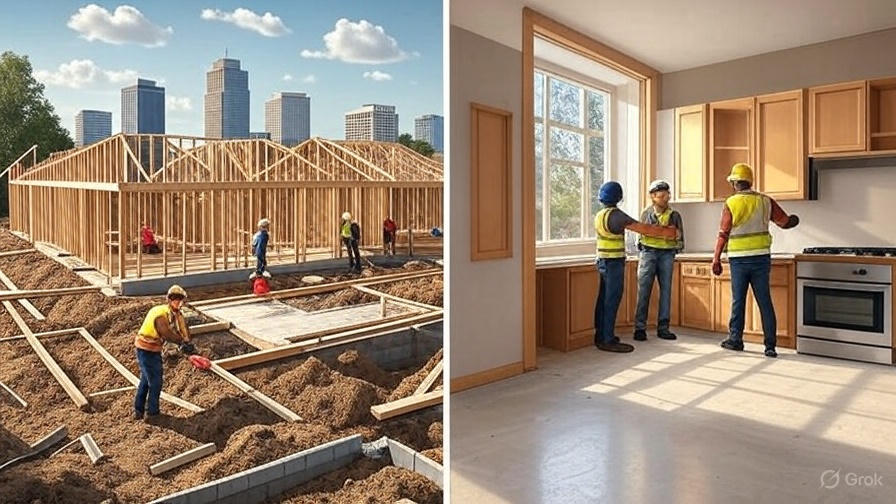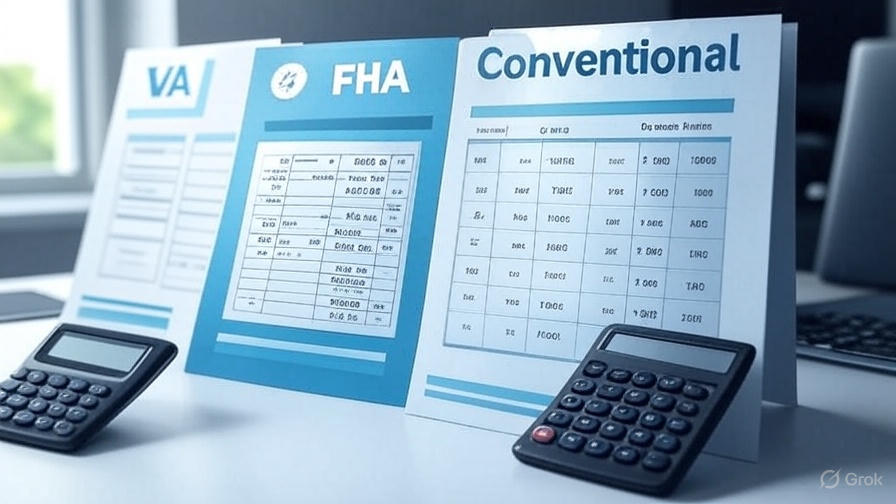This applies to any new-construction buyer — VA, FHA, conventional, or cash.
Updated · By Michael Wolff
TLDR; Loans fund the purchase; they don’t guarantee build quality. Protect yourself with independent inspections, verified documentation, and meticulous records before you close.
I’m sharing this because I don’t want another family to learn it the hard way.
Someone told me their new-construction story: they bought a brand-new home using a VA loan and assumed “the VA” had inspected the home, approved the builder, and would step in if anything went wrong. After closing, serious issues surfaced — foundation problems, questionable certifications, and a builder unwilling to take responsibility.
Here’s the truth: the VA doesn’t approve builders, supervise construction, or manage warranty disputes. The VA’s role is to guarantee a portion of the loan made by a private lender and to publish guidelines for lenders, underwriters, and appraisers to follow. For code compliance and workmanship, the system relies on local municipalities — and local oversight can vary a lot.
So whether you’re buying with a VA loan, FHA, conventional financing, or cash, the same principle applies:
Your loan program won’t protect you from bad construction. You have to protect yourself.
How to protect yourself before closing on new construction
1) Verify the foundation certification
- Ask for a foundation certification signed and sealed by a licensed structural engineer.
- Don’t accept “the builder handles that” — get the document and keep a copy.
2) Confirm insurance and bonds for the builder & subs
- Request proof of insurance and bonding from the builder and key subs (foundation, framing, electrical, plumbing, HVAC).
- These are the first docs you’ll need if something goes wrong later.
3) Check licenses and oversight boards
- Verify state licenses for the builder, engineer, and trades.
- Know how to file a complaint with your state’s boards if needed.
4) Schedule independent inspections
- Pre-drywall inspection: catch wiring, plumbing, or structural issues while they’re visible.
- Final inspection before closing: document workmanship & safety; put punch-list items in writing.
5) Document everything
- Create a digital home file; save permits, warranties, certifications, and correspondence.
- Photograph every wall before drywall and again at move-in; record appliance/system serial numbers.
6) Understand recording laws
- Know whether your state is one-party or two-party consent for recordings.
- If communication breaks down, accurate records matter.
Free: New Construction Homebuyer Cheat Sheet
Keep your process organized from contract to closing — builder & subcontractor info, pre-drywall + final inspection checklists, warranty tracking, and a documents/photos log.




